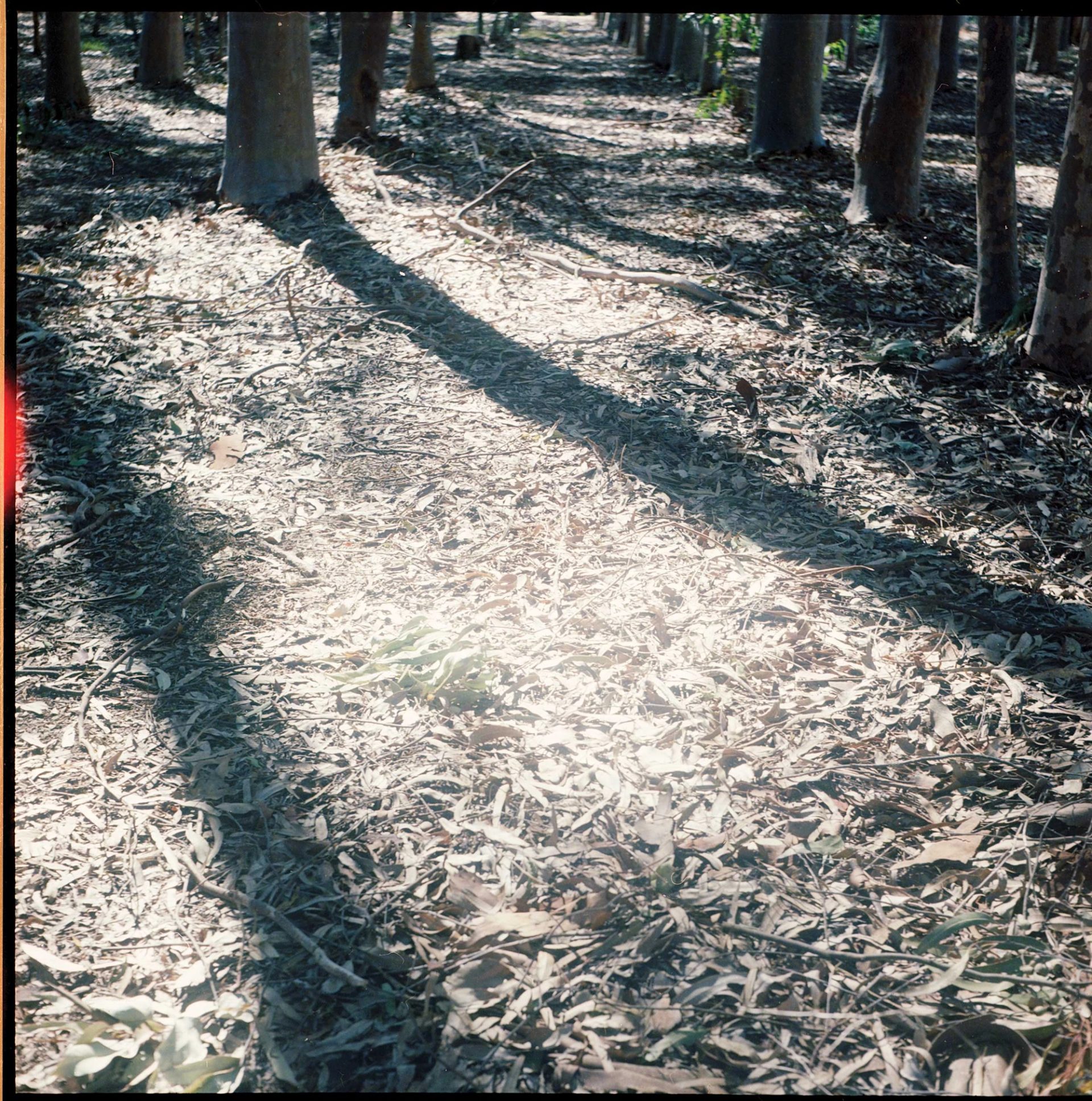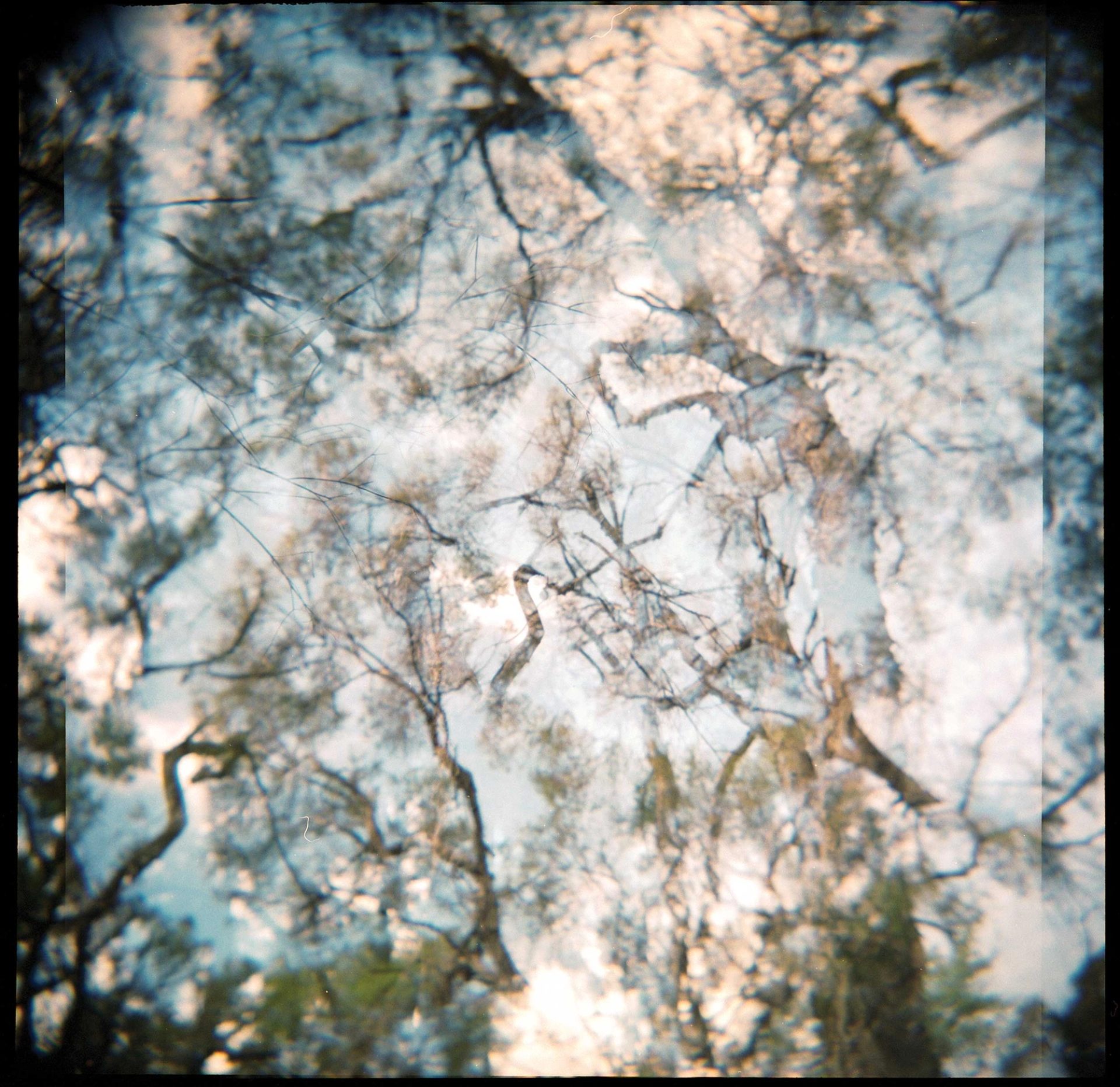The Last Stand

The Last Stand by artist Amanda Williams (Eucalyptusdom, 2022) was commissioned by Powerhouse to document the former Experimental Research Plantation at Castle Hill, NSW, Australia.

In 2021, the New South Wales Government committed $36 million to expanding and improving the Powerhouse run Museums Discovery Centre in north-west Sydney. The project necessitated the removal of 327 trees from the site, which museum staff planted in the early 1940s and managed till the late 1970s. Ahead of the removal of these stands of eucalypts and melaleuca, and in conjunction with the Eucalyptusdom project, Powerhouse commissioned artist Amanda Williams to interpret the former Castle Hill Experimental Research Plantation through experimental photography. The hundreds of images she produced now form an essential part of documentation of the site and are intended to facilitate institutional and public contemplation and discussion around the purpose and legacy of the former plantation.








Long days were spent with the trees at the museum's former research plantation in Castle Hill. The significance of the trees and their imminent loss, their legacy, resonated in my mind. I felt a sense of duty to listen to the trees and hold them close. These images record my experience of the plantation, my observations; they are a document of its visible and invisible qualities, recorded with light and time.
The material forms of analogue photography come from the earth. The minerals and chemical trace elements that constitute the silver-gelatin emulsion in film rolls and light-sensitive paper are a precious resource; and so are trees. This series of images captures the plantation on the cusp of change, offering the viewer a walk through the stands of eucalypt and melaleuca: progressing from a wide view to intimate portraits and finally distilling into abstraction, mirroring my experience engaging with this place and its recent history.
I understand the camera as an extension of my body, my capacity to see and feel; it is a mechanical and somatic way of developing knowledge. Cradling my camera – my face pressed against its metal body, my eye on the viewfinder – observing the alchemical process associated with the transformation of light into matter, a world otherwise inaccessible to me. My photographic work is a practice of intimacy, offering a sense of closeness with the physical environment, a yearning for connection at the threshold of loss and transformation.














Twenty photographic scans from negatives, edited from a collection of more than 240 images. Produced on colour and black-and-white 120 negative roll film with three medium format cameras: Yashica-Mat 6x6 (1957), Pentax 6×7 (1976), and Holga 120 3D Stereo Camera (2010).
About
Amanda Williams works with analogue photographic techniques to examine connections between the history of photography and physical environments. Her work is tied to documentation of natural and built spaces and imbued with a focus on research and material-based experimentation, with particular attention paid to the mechanics of the camera, and the alchemical processes of hand printing images in the darkroom.
We warmly invite you to the official opening of Powerhouse Castle Hill. A new state-of-the-art building housing Powerhouse collections and supporting research, conservation and programs. Designed by Lahznimmo Architects and built by Taylor Construction, the new building was made possible through a transformative investment by the NSW Government.
Powerhouse Photography
An ongoing series of programs, commissions, acquisitions, publications, learning and research activities dedicated to the promotion and development of photography in Australia.
Powerhouse Initiatives
We support and invest in a range of initiatives that sustain industry development and individual creative practice across the applied arts and sciences and creative industries.More






















